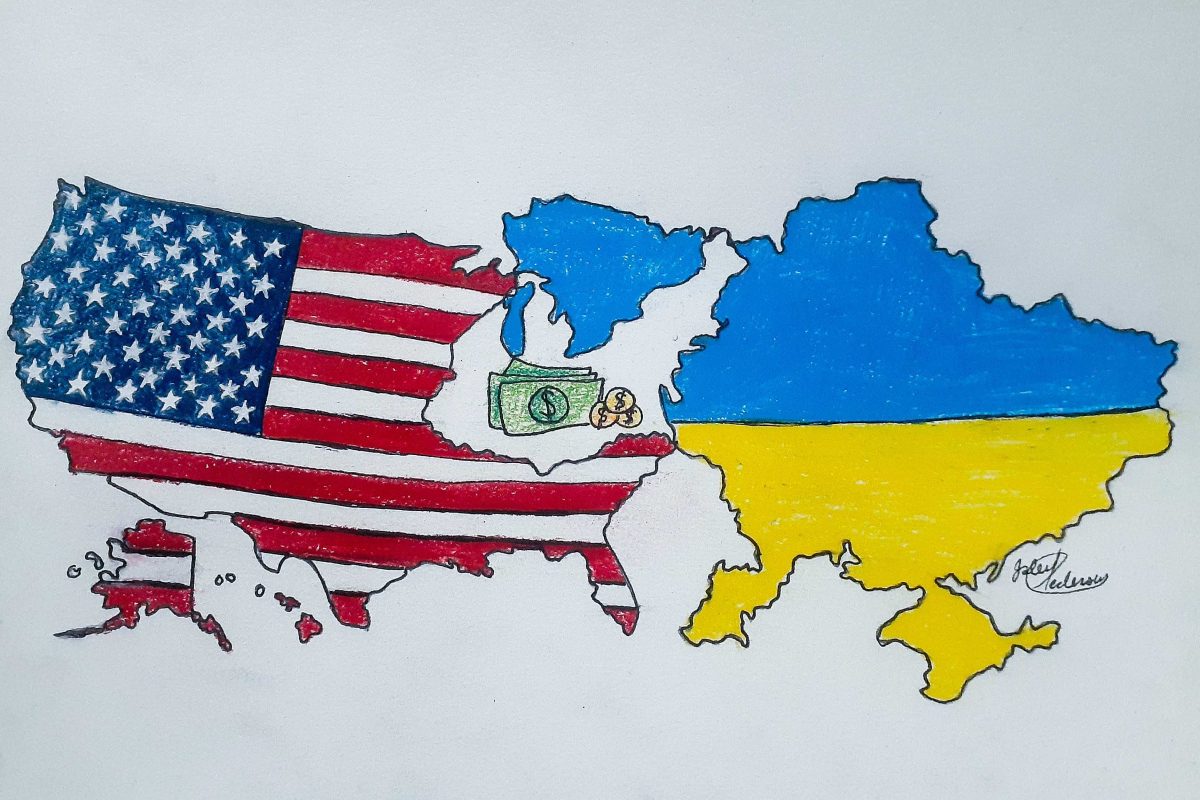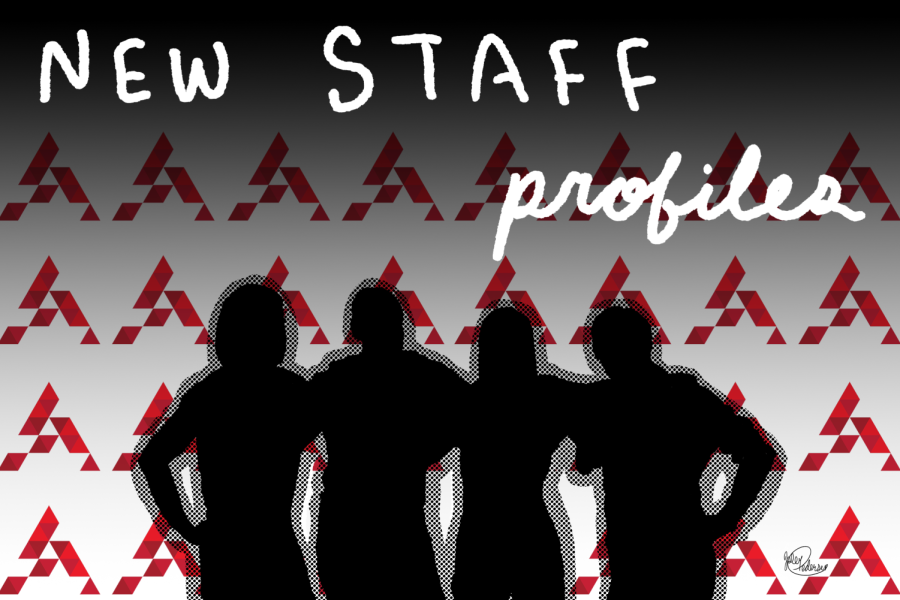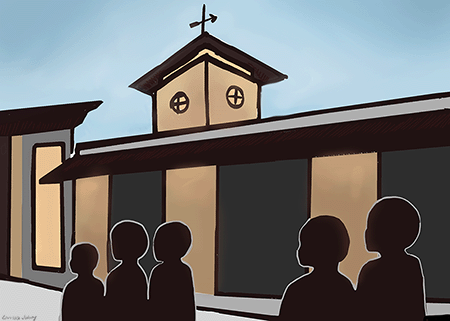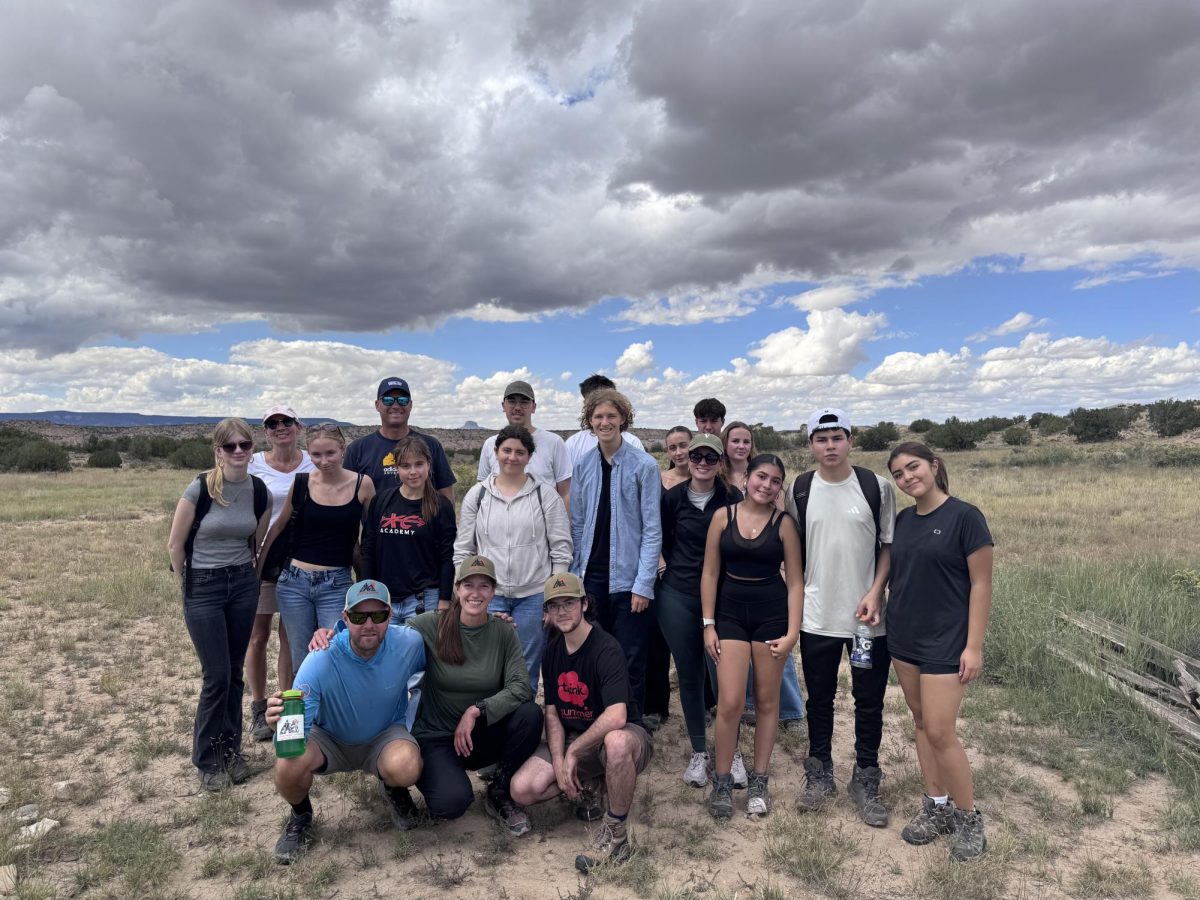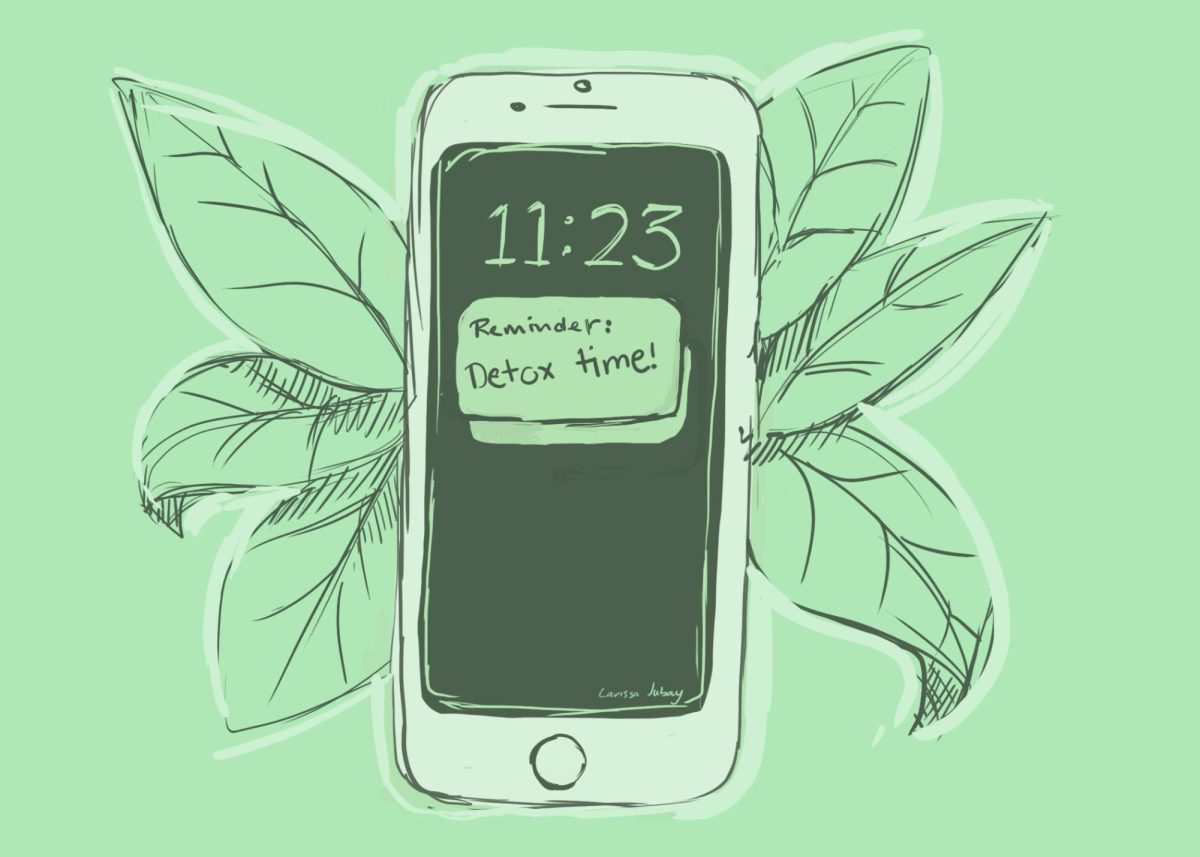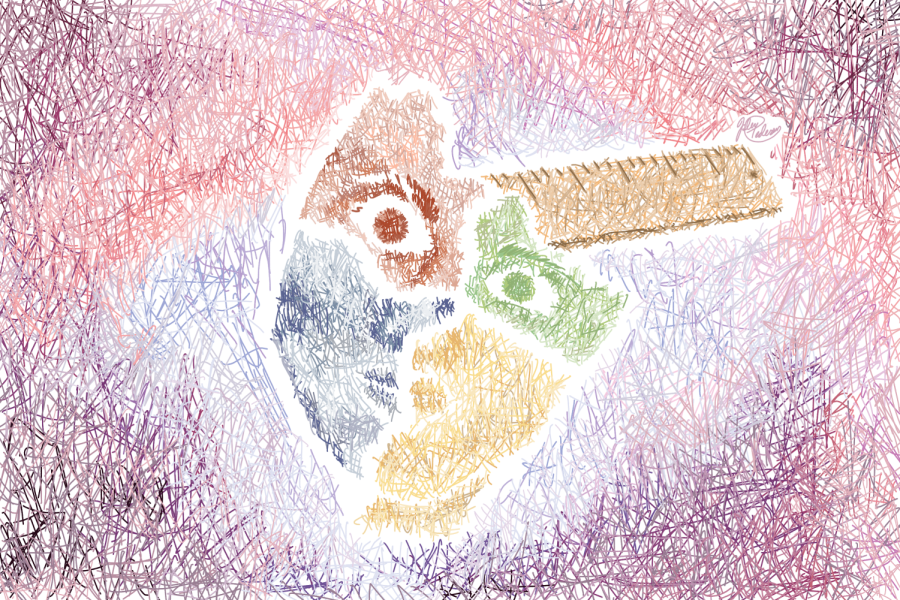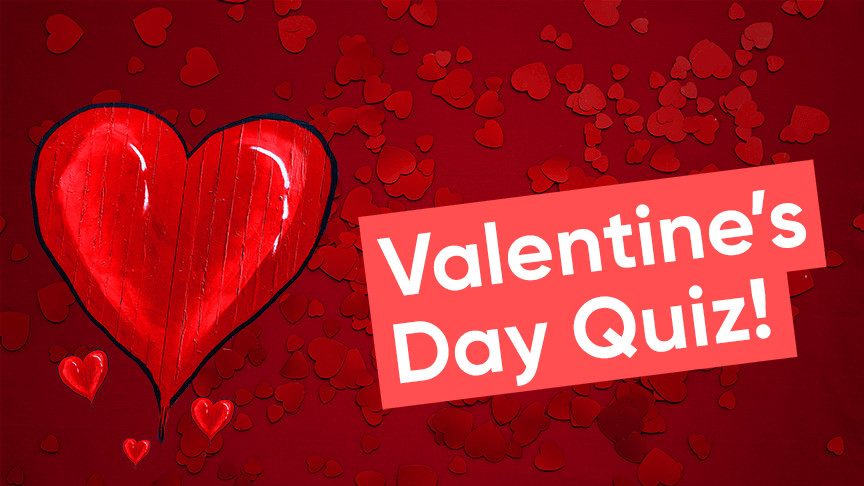It’s been over 630 days since Russia invaded Ukraine last February, and American support has never been more important. In September, Ukrainian President Volodymyr Zelenskyy privately told senators that without continued American aid, Ukraine would lose. For the betterment of Ukraine, the United States, and the world at large, our support must not waver, and Russia must suffer a military defeat.
Ukrainian Agriculture
Grasping the gravity of this conflict necessitates an understanding of Ukraine’s economic importance. The nation is often dubbed the ‘breadbasket of Europe’, referring to its hefty agricultural sector which exports large amounts of staple crops. Prior to Russia’s invasion, Ukraine was one of the largest producers in the world of wheat, barley, corn, potatoes, cabbage, and carrots, among many other foods.
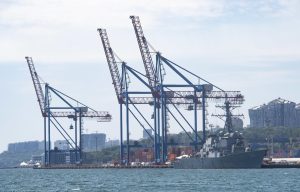
The war’s impact on Ukrainian crop exports has been disastrous. South of Ukraine is the Black Sea, a vital transportation artery which moves huge amounts of eastern European products. Expectedly, shipments out of the sea slowed down drastically after fighting broke out, forcing Ukraine to rely on a severely less efficient rail route through Poland. In July of last year, however, the United Nations (UN) brokered a deal between Türkiye, Ukraine, and Russia that allowed foodstuff exports from Ukraine and Russia to safely leave the Black Sea. This worked wonders for food security and stabilized prices but was struck down when Russia left the agreement in July, accusing the UN of unfairly restricting the flow of Russian ships.
In addition to slashed exports, the fighting has adversely affected crop production. Ukrainian wheat and corn production fell by around 25% last year, and that was with the help of a strong harvest season. Ground-level combat and chemical seepage caused by artillery has damaged large swaths of Ukraine’s rich soil, resulting in short-term losses to crop yields and long-term soil contamination. These agricultural issues mean malnutrition and food insecurity for millions worldwide, along with higher food prices in an already tenuous global network with relatively few crop reserves. Conceding to Moscow would give Russia unprecedented control over global food supplies, potentially allowing them to hold the world hostage under the threat of starvation in order to get their way.
The Post-Soviet World
Ever since the Soviet Union fell apart, Ukraine has played a unique role in the metaphorical-turned-literal battleground between the Western and Russian spheres of influence. After the Cold War fizzled out, the role of the North Atlantic Treaty Organization (NATO) – a transatlantic military alliance based on cooperative defense – was in question. It was established in 1949 to protect against and project power onto the USSR, but by 1992, the Soviet Union was no more, replaced by 15 independent states with disparate policies and goals.
With NATO’s main reason for existence now gone, many ideas for where to take the alliance sprung up in the 1990s. Some wanted to get rid of it, others wanted to rapidly induct new members, and the Soviet Union’s last leader, Mikhail Gorbachev, even thought his country should join NATO. In the end, the Clinton administration created a compromise: the Partnership for Peace programme (PfP), which helps inform defense policy, educates military personnel, and provides a wide range of experiential training. Bill Clinton framed the PfP as a safe path to NATO membership for post-Soviet countries that would avoid an adverse reaction from the Kremlin. However, for many eastern European countries, it wasn’t enough. They wanted full NATO membership out of the gate. Poland’s president, Lech Wałęsa, went so far as getting Russian president Boris Yeltsin to drunkenly sign an agreement stating he had no issue with Poland joining the alliance (Sarotte, 2021, Chapter 5).[1] Ukraine, on the other hand, was more reserved about embracing the West.
Unlike the staunchly antagonistic relationships between Russia and most of its former satellite states such as Poland, Czechia, and Slovakia, Ukraine has a historically less spiteful and more complex connection to their present invader. In 2010, over 90% of Ukrainians held a positive view of Russia, a result that wasn’t unique for the time. Russians and Ukrainians are both genetically and linguistically similar; ethnic conflicts are rare and intermarriage is common. Although they are not ‘one people’ as Vladimir Putin would have you believe, by no means are they entirely separate either. Both peoples share a connection to Kyivan Rus, an eastern European federation that was established in the 9th century which encompassed large sections of modern-day Russia and Ukraine. During the Soviet era, Ukrainians frequently achieved high-ranking positions in the Russian Republic’s government and the Supreme Soviet, the highest body of state authority in the USSR. However, negative sentiment toward Russia is fueled by the catastrophic Holodomor, a man-made famine which killed millions of Ukrainians during the 1930s, as well as long-standing differences between the Russia-influenced East Ukraine and the Poland-influenced West Ukraine (Lieven, 1999).[2]
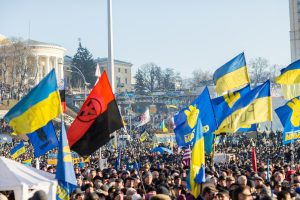
These clashes remain entangled in Ukraine’s politics, as seen by the nation’s lineage of presidents. Until 2014, the country oscillated between more West-aligned heads of state, such as Leonid Kravchuk and Viktor Yushchenko, and more Russia-aligned presidents, such as Leonid Kuchma and Viktor Yanukovych. These divisions make it imperative that Western nations support Ukraine, eliminating any desire or need to veer towards its eastern neighbor and necessitating Moscow play by Washington’s rules. Nearby Belarus historically saw little attention from Western nations besides derision of the nation’s unfair elections, which drove Belarus towards the Kremlin. Nowadays, they are wholly reliant on Russia, and serve as a jumping-off point for Russian soldiers invading Ukraine.
Senior American officials in the ‘90s realized this. They signed agreements and security assurances, opened paths into alliances, and provided political aid to Ukraine. In 1994, Ukraine, Russia, the US, and the UK all signed the Budapest Memorandum. It was designed to get rid of the 1,900 nuclear warheads Ukraine gained after the USSR dissolved in exchange for Russia agreeing to respect Ukraine’s sovereignty and security assurances from the US and UK in case of a Russian invasion. During the contentious 2004 Ukrainian presidential election, America aided the campaign of Viktor Yushchenko, a more pro-Western alternative to incumbent prime minister Yanukovych. Yushchenko was poisoned at the command of Yanukovych but survived and ultimately won the presidency (Weiss, 2022, Chapter 4).[3] In 2008, NATO convened in Bucharest, Romania, where George W. Bush backed Ukrainian and Georgian bids for NATO membership, both of which failed due to opposition from France and Germany.
Modern Missteps
Up to this point, Washington had clearly aligned itself with Kyiv, positioning itself as a dependable protector against Russian aggression. Then came the Obama administration, whose calls for a ‘Russian reset’ manifested as blind-sighted appeals to Russia and the abandonment of Ukraine when it needed help the most.
In the first year of Barack Obama’s presidency, he ruled out NATO membership for Ukraine, stating that the country needed to hold a referendum on the issue beforehand, a requirement that wasn’t asked of any other applicants before then. At the behest of Russia, he ended Bush’s plans for a missile defense system in Europe that was meant to put pressure on Iran, a decision lauded by Putin. He derided Republican candidate Mitt Romney’s fears of Russia during the third presidential debate in 2012 and reduced the number of American troops stationed in Europe from around 80,000 to 30,000.
2013 changed everything. In November of that year, protests broke out in Kyiv after president Yanukovych backed out of a deal that would’ve eased trade and travel restrictions with the European Union. As demonstrations grew, so did the government’s cruelty, violently cracking down on protests and at times killing people. Yanukovych’s response only spurred more protests, and the movement snowballed over the course of the following months. In February 2014, under immense pressure, Yanukovych fled the country. Putin used this as an excuse to invade and annex Crimea, a large peninsula in southern Ukraine. Two months later, the little-known Russian military commander Igor Girkin, who guided the invasion of Crimea, went rogue and took over the eastern Ukrainian city of Sloviansk. Afterwards, his band of militants gained control of numerous other nearby cities and proclaimed the region under their control the “Donetsk People’s Republic.” This opened the path for Russia to send troops into eastern Ukraine under the guise of protecting an independent nation, and maintain low-intensity conflict up until 2022. To add insult to injury, a Russian missile accidentally downed Malaysian Airlines Flight 17 in July 2014, killing 298 people in the deadliest aircraft shootdown of all time.
Despite all of this, Obama responded with little more than a slap on the wrist as he pushed for moderate sanctions against Moscow and consistently refused to send weapons to Ukraine, arguing that it would lead to Russian escalation. Needless to say, the past two years have proven Obama wrong: Russia will wage its war against Ukraine regardless of our support.
Compounding the errors of Obama’s government, Donald Trump’s administration was supremely skeptical of NATO – and multilateral alliances in general – and repeatedly remarked that America was being cheated by other NATO members who didn’t contribute their fair share. According to aides close to Trump, the former president even mulled over leaving NATO if he won the 2020 election. Although it is true that Washington’s contributions to NATO are proportionally much larger than its transatlantic allies, the security guarantees and power projection that come with NATO are well worth it, and the alliance is first and foremost an American-engineered enterprise. Additionally, Trump’s uncomfortably cozy relationship with Putin sparked fears both inside and outside of the US, and his nationalist attitude towards foreign policy deeply scarred American allyships that have been built up since the end of World War II. Nonetheless, Trump made one noticeable contribution to Ukrainian security when he gave the nation 210 anti-tank missiles in 2018. Although an improvement from the weaponless Obama doctrine, this move was still quite minor and came with a large caveat that required Ukraine to store the missiles in the western part of the country, away from the site of conflict.
The Human Cost
Finally, there’s the humanitarian impact of the war. Thousands of civilians have died, as have hundreds of thousands of soldiers. Eight million people have emigrated from Ukraine as a result of the conflict and an additional five million have been internally displaced. Unending Russian attacks on Ukrainian infrastructure going as far back as 2015 have consistently left millions without electricity, clean water, healthcare, and other necessities. Many have suffered from Russian war crimes including forced relocations, physical assault, rape, torture, civilian massacre, and other revolting acts. Although tax money spent on this war is at most an inconvenience for us, for Ukrainians, it is nothing less than life or death.
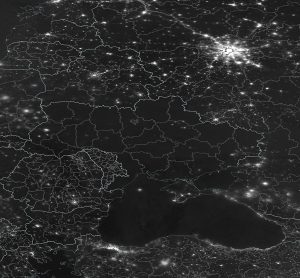
For too long, the US has bungled our policies toward Ukraine and NATO. These mistakes have led to a more difficult fight for Ukrainians, years of displacement and industrial decimation in eastern Ukraine, a massive reduction in foreign trust of the US, and have legitimized Russia’s strategy of intimidating its neighbors. Poland, Estonia, Latvia, Lithuania, Romania, and others are closely watching how we act in this time of European crisis. Although they are all part of NATO, if we give up on Ukraine, why should they believe we’d go to bat for them? They shouldn’t. Many believe NATO countries are required to supply attacked member states with troops in the case of an invasion, but NATO’s charter, the North Atlantic Treaty, only requires that each nation in the alliance take “such action as it deems necessary” in this scenario. Failing to support an ally as crucial as Ukraine would set a terrible precedent for how America would act if our other eastern European partners were invaded. Why should Ukrainians believe that the low-intensity conflict from 2014 to 2022 wouldn’t return unless Russia lost all of the occupied territories under their control? They shouldn’t. Why should any other country view America as anything but a conglomerate of self-obsessed, shortsighted opportunists indifferent to human suffering and the interests of their allies? They shouldn’t.
Make no mistake, the Russian threat is an existential one, and the United States must make sure Russia loses this war by giving Ukraine all the weapons and aid they need for as long as it is needed.
—
[1] Sarotte, M. E. (2021). Squaring the Triangle. In Not one inch: America, Russia, and the making of post-Cold War Stalemate (pp. 149–180). essay, Yale University Press.
[2] Lieven, A. (1999). Ukraine and Russia a fraternal rivalry. United States Institute of Peace Press.
[3] Weiss, A. S. (2022). Into the Abyss. In Accidental czar the life and lies of Vladimir Putin (pp. 85–154). essay, First Second.


